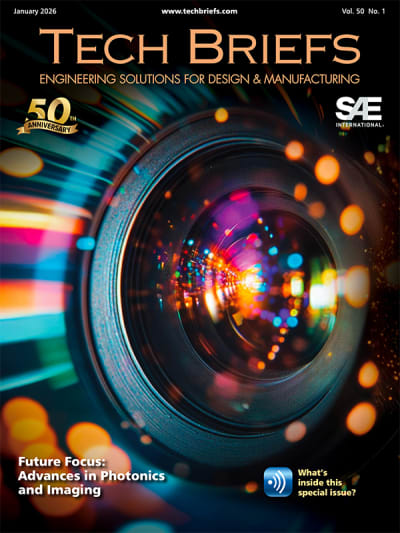Chaotic Light Receiver

A team of researchers led by Télécom Paris and the Politecnico di Milan has developed a new type of optical receiver, able to restore chaotic signals in free-space optical communication links distorted by atmospheric turbulence. By using a system of optical antennas integrated into a programmable photonic chip, the receiver can adapt in real time, maintaining the integrity of the signal even in harsh atmospheric conditions. The idea behind secure, chaos-based communication is to encode a secret message into a light signal, which appears so unpredictable and complex that it is almost impossible to decipher which uses a system of optical micro-antennas integrated into a programmable photonic chip. The micro-antennas act like many “smart eyes,” capturing light from multiple points of view; the photonic chip self-calibrates in real time to rebuild these fragments into a secure and reliable chaotic signal. The result is amazing — even in the presence of heavy rain, wind or pollutants, the signal can be fully retrieved.
Contact: Emanuele Sanzone
+39 022-399-2443
This email address is being protected from spambots. You need JavaScript enabled to view it.
A Fluid Battery

Using electrodes in a fluid form, researchers at Linköping University have developed a battery that can take any shape. This soft and conformable battery can be integrated into future technology in a completely new way. The key has been a new approach — converting the electrodes from a solid to a liquid form. Fluid electrodes have been tested in the past but without any great success. At that time, liquid metals such as gallium were used. But then the material can only function as an anode and has the risk of being solidified during charging and discharging — losing its fluid nature. The researchers at LiU Campus Norrköping have instead based their soft battery on conductive plastics (conjugated polymers) and lignin, a byproduct from paper production. The battery can be recharged and discharged over 500 times and still maintain its performance. It can also be stretched to double the length and still work just as well.
Contact: Anders Törneholm
+46 734-618-223
This email address is being protected from spambots. You need JavaScript enabled to view it.
Variable Geometry Aircraft Wing

NASA has patented a new technology for an aircraft configuration that utilizes a strut/truss-braced oblique variable-sweep wing mounted on a constant cross-section geometry fuselage. In practice, the wing would start in a position closely aligned with the fuselage. This allows the aircraft to easily maneuver within the terminal/ramp area and promotes higher density terminal operations. During the runup/checkout before takeoff, the wing would be rotated to the unswept position for increased climb performance. Once airborne, the wing would be pivoted to the sweep angle that provides the best aerodynamic performance and noise abatement at the current speed. The key benefits of this technology include reduced noise during takeoff and landing, simplified lightweight high-lift (flap) systems; improved aerodynamic performance, as well as reduced possibility of collision during taxiing and improving gate access.

